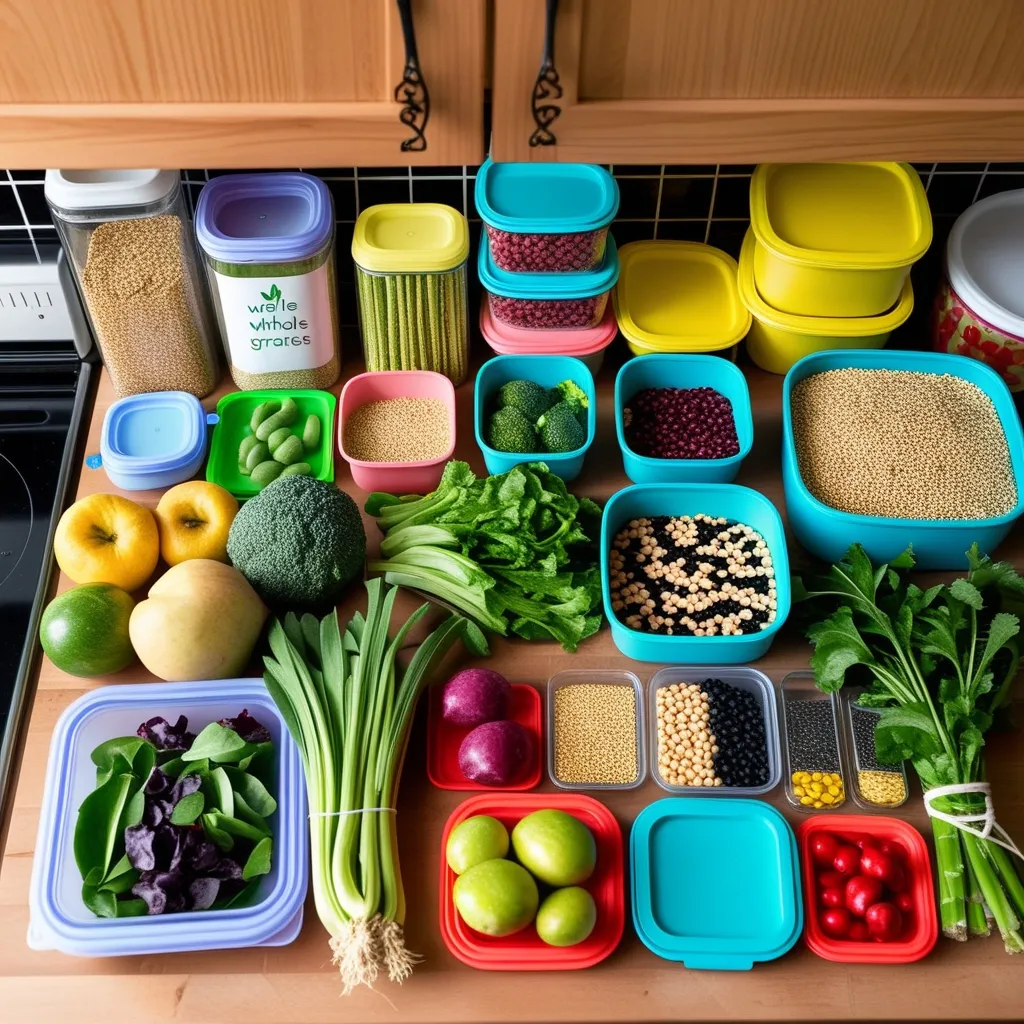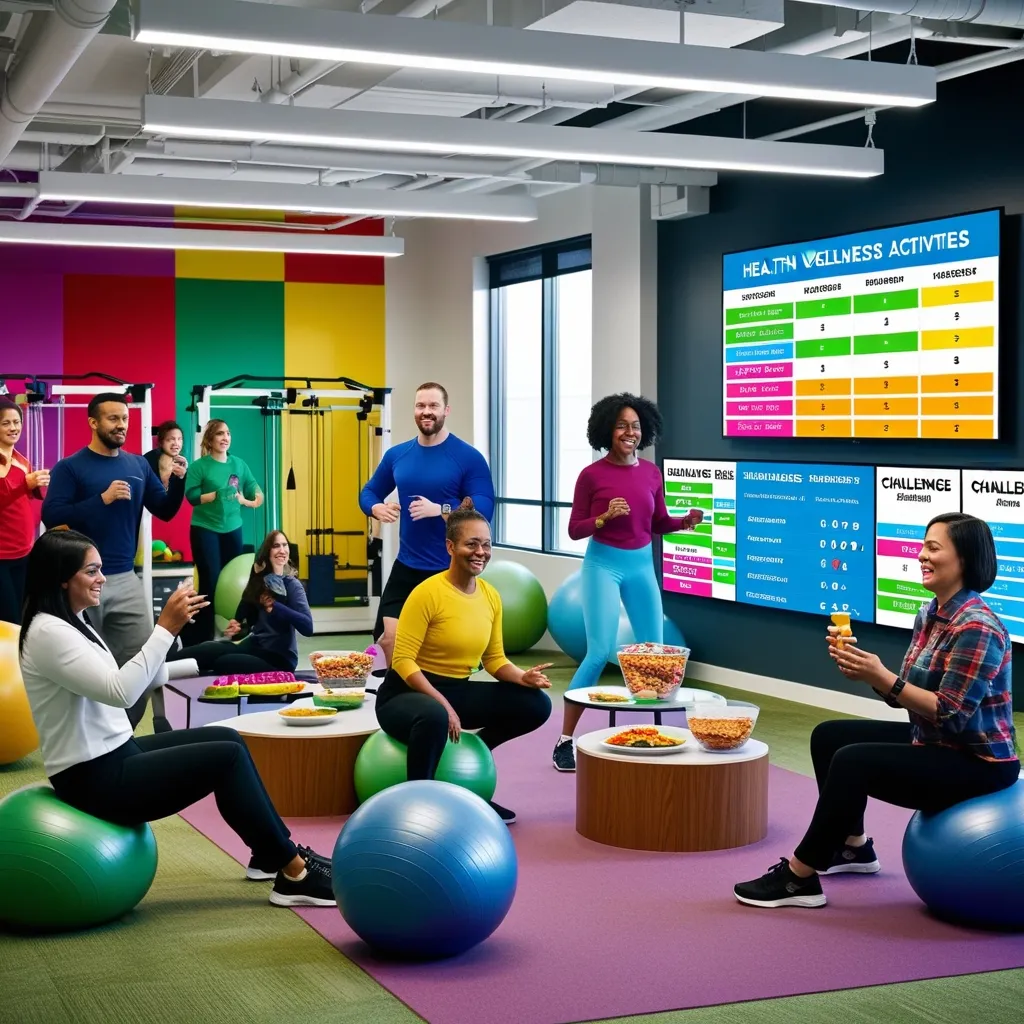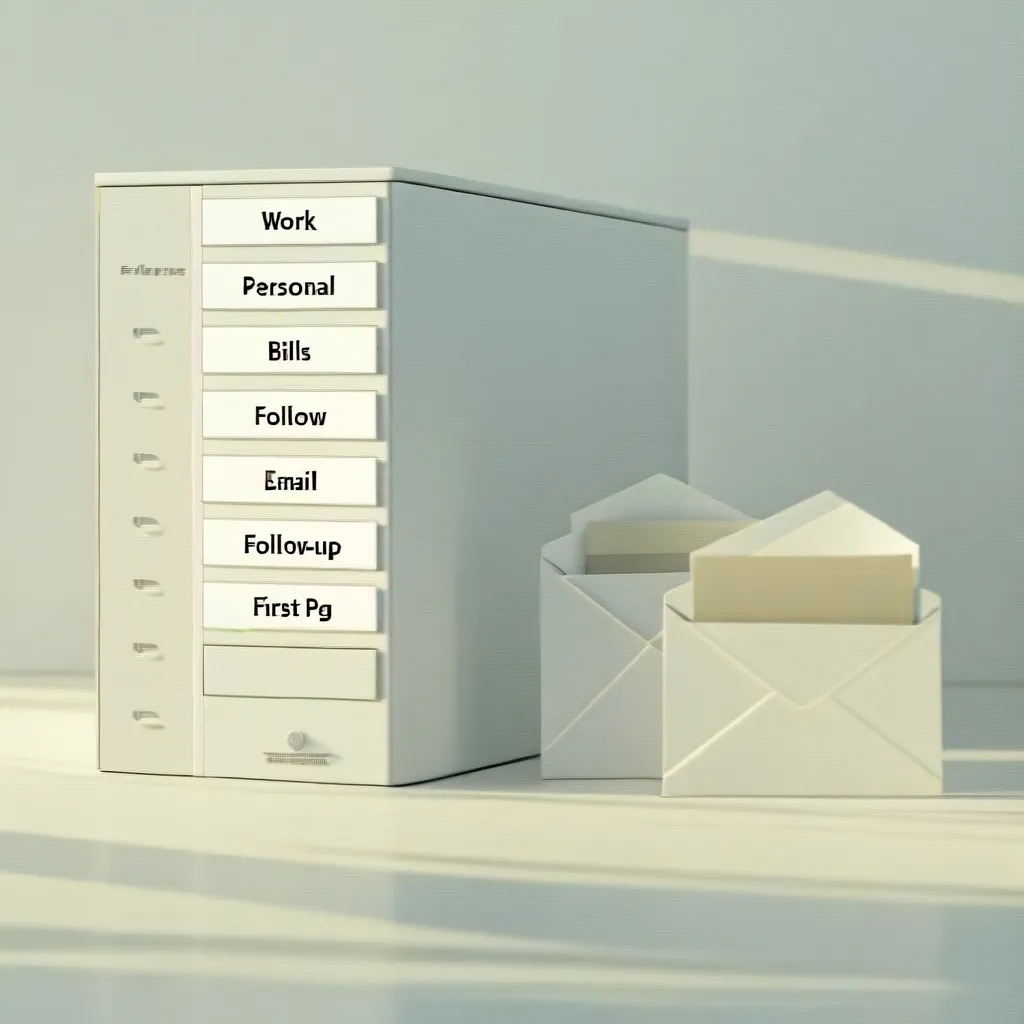Upgrading your meal plan to be sustainable and budget-friendly doesn’t have to be a daunting task. With some smart strategies and a bit of creativity, you can whip up delicious, nutritious meals that are kind to both your wallet and the planet.
Let’s start with meal planning - it’s a game-changer, folks. Sitting down for a few minutes each week to map out your meals can save you a ton of money and stress. Plus, it’s a great way to avoid those impulse buys that always seem to sneak into your cart. Try giving your meals themes, like Taco Tuesday or Stir-Fry Friday. It makes planning more fun and gives you something to look forward to.
Now, let’s talk shopping. Where you shop can make a huge difference to your grocery bill. Have you ever checked out your local farmers’ market? Not only are you supporting local businesses, but you’re also likely to find some killer deals on fresh, seasonal produce. And trust me, there’s nothing quite like biting into a juicy tomato that was picked just hours ago.
When it comes to ingredients, some are naturally more wallet-friendly than others. Eggs are a personal favorite - they’re cheap, versatile, and packed with protein. You can scramble them for breakfast, hard-boil them for snacks, or whip up a frittata for dinner. And don’t even get me started on beans and lentils. These little powerhouses are dirt cheap and can be used in so many ways. From hearty soups to zesty salads, they’ve got you covered.
Let’s not forget about our pantry staples. Rice, pasta, canned tomatoes - these are the unsung heroes of budget-friendly cooking. They last forever and can be transformed into countless meals. And frozen veggies? They’re a lifesaver. Toss them into soups, stir-fries, or pasta dishes for a quick nutrient boost.
Now, here’s a pro tip: seasonings are your best friend. A well-stocked spice rack can turn even the simplest ingredients into a flavor explosion. And the best part? Most spices last for ages, so you’re getting a lot of bang for your buck.
Leftovers are another secret weapon in the battle for budget-friendly meals. Instead of seeing them as sad reheat jobs, think of them as ingredients for your next culinary masterpiece. That leftover chicken? Shred it and toss it into a salad. Those extra veggies? They’re begging to be turned into a stir-fry.
Before you hit the grocery store, take a moment to shop your own pantry. You’d be surprised at what forgotten treasures are lurking in the back of your cupboards. That can of chickpeas you bought on a whim? It’s time for its moment in the spotlight.
Remember, meal planning isn’t a one-size-fits-all deal. It’s all about what works for you and your family. If you’ve got a picky eater or someone with dietary restrictions, factor that in. And if you’re short on time, focus on meals that can be prepped in advance or cooked in big batches.
Don’t be afraid to get a little creative with your meals. Who says you can’t have breakfast for dinner? A veggie-packed frittata can be a cheap and cheerful evening meal. And homemade pizza night? It’s not only fun but can be surprisingly economical too.
Shopping seasonally is another great way to save some cash and eat more sustainably. When produce is in season, it’s usually cheaper and tastes better too. Plus, it’s a great way to add some variety to your meals. If you’ve never tried kohlrabi or rutabaga before, why not give them a shot when they’re in season?
When you’re at the store, stick to your list but be open to some flexibility. If you planned to make a chicken stir-fry but pork is on sale, why not swap it out? Being adaptable can lead to some great savings and might even introduce you to new favorite meals.
One often overlooked aspect of sustainable eating is reducing food waste. Try to use every part of your ingredients. Those carrot tops you usually toss? They make a great pesto. Broccoli stems? Peel them and slice them into stir-fries. It’s all about getting creative and seeing the potential in every bit of food.
Batch cooking is another fantastic way to save time and money. Spend a Sunday afternoon cooking up a storm, and you’ll thank yourself all week long. Soups, stews, and casseroles are perfect for this - they often taste even better after a day or two in the fridge.
Don’t forget about your freezer either. It’s not just for storing ice cream (although that’s important too). Buying meat in bulk when it’s on sale and freezing it in portion sizes can lead to big savings. The same goes for bread - keep a loaf in the freezer and just defrost slices as you need them.
Learning to make your own staples can also be a game-changer. Things like salad dressings, sauces, and even bread are often cheaper (and tastier) when made at home. Plus, you have control over the ingredients, which is great if you’re trying to eat healthier.
Speaking of health, don’t fall into the trap of thinking that healthy food has to be expensive. Some of the most nutritious foods out there - like beans, whole grains, and seasonal vegetables - are also some of the cheapest. It’s all about knowing how to prepare them in delicious ways.
Investing in some good quality food storage containers can also help you save money in the long run. They’ll keep your food fresher for longer and make it easier to pack leftovers for lunch.
Remember, transitioning to a more sustainable and budget-friendly way of eating is a journey, not a destination. Don’t beat yourself up if you slip up occasionally. The important thing is to keep trying and to find what works best for you and your lifestyle.
Lastly, don’t forget to enjoy the process. Cooking and eating should be pleasurable experiences, not chores. Invite friends over for a potluck dinner where everyone brings a budget-friendly dish. Or have a family cooking night where everyone gets involved in meal prep. Not only will you save money, but you’ll also create some great memories.
In the end, upgrading your meal plan to be more sustainable and budget-friendly is all about being mindful, creative, and flexible. With a little planning and some smart strategies, you can eat well, save money, and do your bit for the planet too. Now that’s what I call a win-win-win situation!






